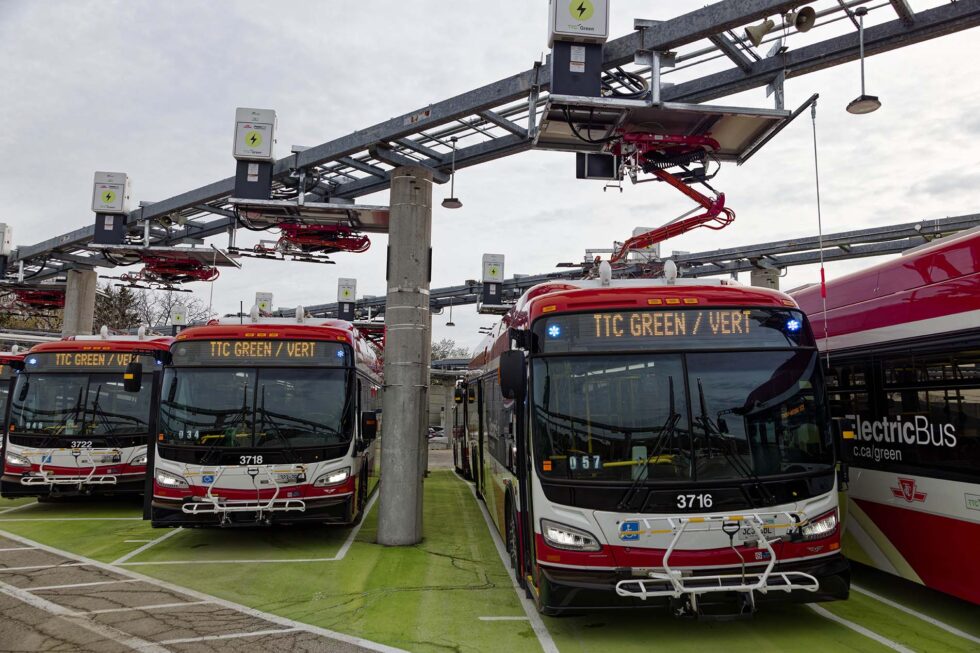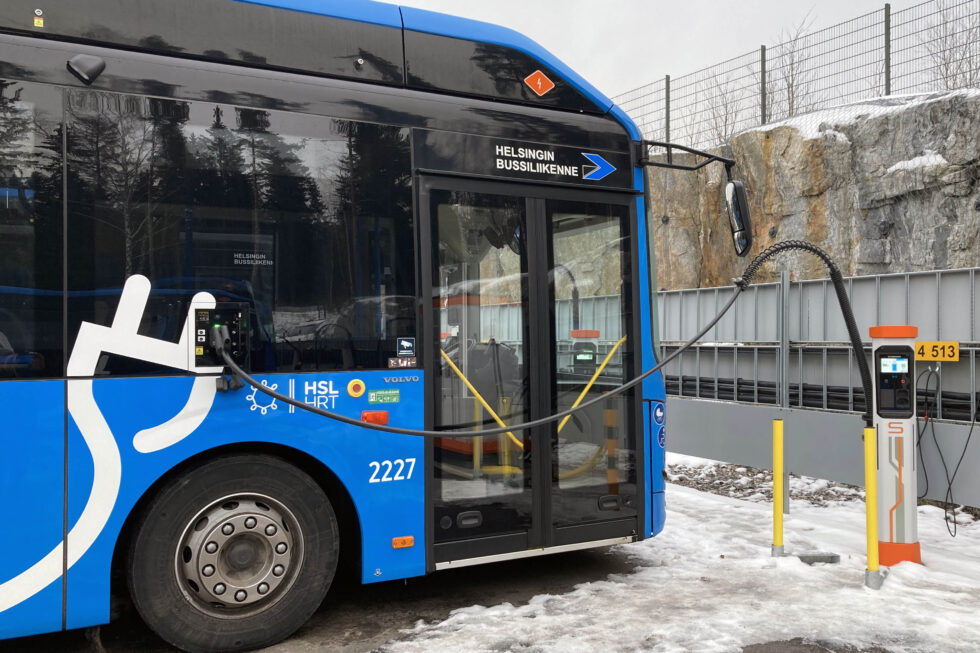As the global push for sustainability gathers steam, transit bus operators have an opportunity to contribute meaningfully to the decarbonization of transportation. Electrification of transit buses presents an immediate and impactful solution for reducing greenhouse gas emissions, air and noise pollution for local communities.
However, transitioning from fossil fuel-powered buses to electric alternatives isn't as simple as replacing one for the other and installing chargers. It requires careful understanding of the available types of electric buses, their corresponding charging systems, and best practices for a seamless electrification process.
Types of Electric Buses
Battery Electric Buses (BEBs): Powered entirely by electricity stored in onboard batteries, BEBs are recharged at charging stations. They offer zero tailpipe emissions and often boast lower operating costs, but their range between charge is limited by the battery's capacity, making them ideal for fixed routes with predictable demands.
Hybrid Electric Buses (HEBs): These buses combine an internal combustion engine with an electric propulsion system, using energy stored in batteries for propulsion at lower speeds and the diesel engine at higher speeds. They emit fewer emissions than conventional diesel buses but do not achieve the zero-emission status of BEBs.
Hydrogen Fuel Cell Electric Buses (FCEBs): FCEBs use hydrogen gas to power an electric motor. While they emit only water and heat, the production of hydrogen can generate emissions and can be energy intensive.
Approaches to Charging for Electric Buses
There are two main approaches to charging electric transit buses:
- Depot Charging: The most common method, depot charging, involves installing charging infrastructure at the bus depot where buses are charged overnight. This solution works well for BEBs operating on routes where buses are able to achieve the entire daily schedule on a single charge.
- Opportunity Charging: For other routes, opportunity charging may be a more practical solution. Fast charging infrastructure is installed at endpoints or along the route, allowing buses to top up their battery during driver breaks or layovers. While this method can extend a bus's daily range, it often requires a larger upfront investment in infrastructure.
Choosing the appropriate charging hardware is as crucial as selecting the right electric bus type for your fleet. Understanding the benefits and distinctions between different types of charging technologies, particularly Overhead Pantograph Charging and DC Fast Charging, can guide you in making informed decisions.
There are two types of pantograph charging systems: inverted and roof-mounted. Inverted pantographs are attached to the infrastructure, lowering onto the bus to charge. Roof-mounted pantographs are situated on the bus's roof and rise to connect with the charger.
Benefits of overhead pantograph charging include:
- Flexibility: Pantograph systems can be strategically located at endpoints or busy stops, providing buses with more flexibility to recharge without needing extended downtime.
- Reduced Battery Size: Since buses can recharge frequently, they can operate with smaller batteries, reducing the bus's weight and overall cost.
- Scalability: The system is easy to expand as the fleet grows or route demands change.
Benefits of DC fast charging include:
- Rapid Charging: This system can recharge a bus's battery much faster than traditional AC chargers, allowing for more uptime and less interruption to service.
- Ease of Installation: DC fast chargers can be installed in existing depots or along routes, making them a versatile option for a variety of transit scenarios.
- Reduced Stress on Grid: By charging rapidly during off-peak hours, DC fast chargers can help mitigate the strain on the power grid.
Each charging solution has its unique benefits and applications. The choice between overhead pantograph charging and DC fast charging will depend on your specific operational needs, route schedules, and infrastructure capabilities. A comprehensive analysis of these factors will ensure a successful transition to an electrified bus fleet.
Emerging Charging Technology - Wireless Electric Vehicle Charging
Also known as inductive charging, this is a type of charging that doesn't require a physical connection between the electric vehicle and the charging station. The technology relies on the principle of electromagnetic fields to transfer energy between two objects – a transmitting pad on the ground and a receiving pad on the vehicle.
Here are some of the key benefits of wireless EV charging:
- Speed: The primary advantage is the ability to simply park the vehicle or bus over the charging pad without having to plug in a charging cable. This can be especially beneficial in a transit environment with frequent vehicle turnovers, reducing the hassle of handling charging cables.
- Durability: With no physical connection, there's less wear and tear on charging ports and cables.
- Integration with Infrastructure: Charging pads can be integrated into existing infrastructure like depot parking spaces to overcome space constraint.
Best Practices for Bus Fleet Electrification
- Assessing Routes and Range Requirements: Begin with a comprehensive review of the bus routes, considering factors like distance, topography, and climate, which impact a bus's energy consumption and thus the suitable type of electric bus and charging infrastructure.
- Pilot Programs: Testing a few electric buses on select routes can offer valuable insights into how they operate in real-world conditions, which can inform the wider rollout.
- Workforce Training: Electric buses require different maintenance and operation practices. Ensure your team is trained and prepared to manage these new technologies.
- Upgrading Infrastructure: Consider the electrical capacity of your depot. If you opt for depot charging, you might need to upgrade your electrical service. For opportunity charging, determine the optimal locations for charging stations along your routes.
- Partnering with Experts: Given the complex logistics and technical challenges involved, working with experts like PowerON with hands-on experience in leading the largest transit electrification project in North America can help ensure the project is completed on time, on spec and on budget.
- Consider Total Cost of Ownership (TCO): While electric buses can have higher upfront costs, they often have lower operating and maintenance costs, potentially resulting in a lower TCO over the bus's lifetime.
- Secure Funding and Incentives: There are myriad federal, provincial, and local incentives to subsidize the cost of electric buses and infrastructure. Collaborating with a partner well-versed in these funding sources and adept at navigating the application process is the most efficient path to secure funds.
- Sustainability and Community Impact: Highlight the benefits of bus electrification to your stakeholders, including riders, employees, and the community at large. This can generate positive public sentiment and increased ridership.
The journey to electrification may be complex, but it's a necessary step towards a sustainable future for public transit. With the right strategies and resources, transit bus operators can navigate the electrification process effectively, creating cleaner, greener, and more cost-effective services for their communities.


